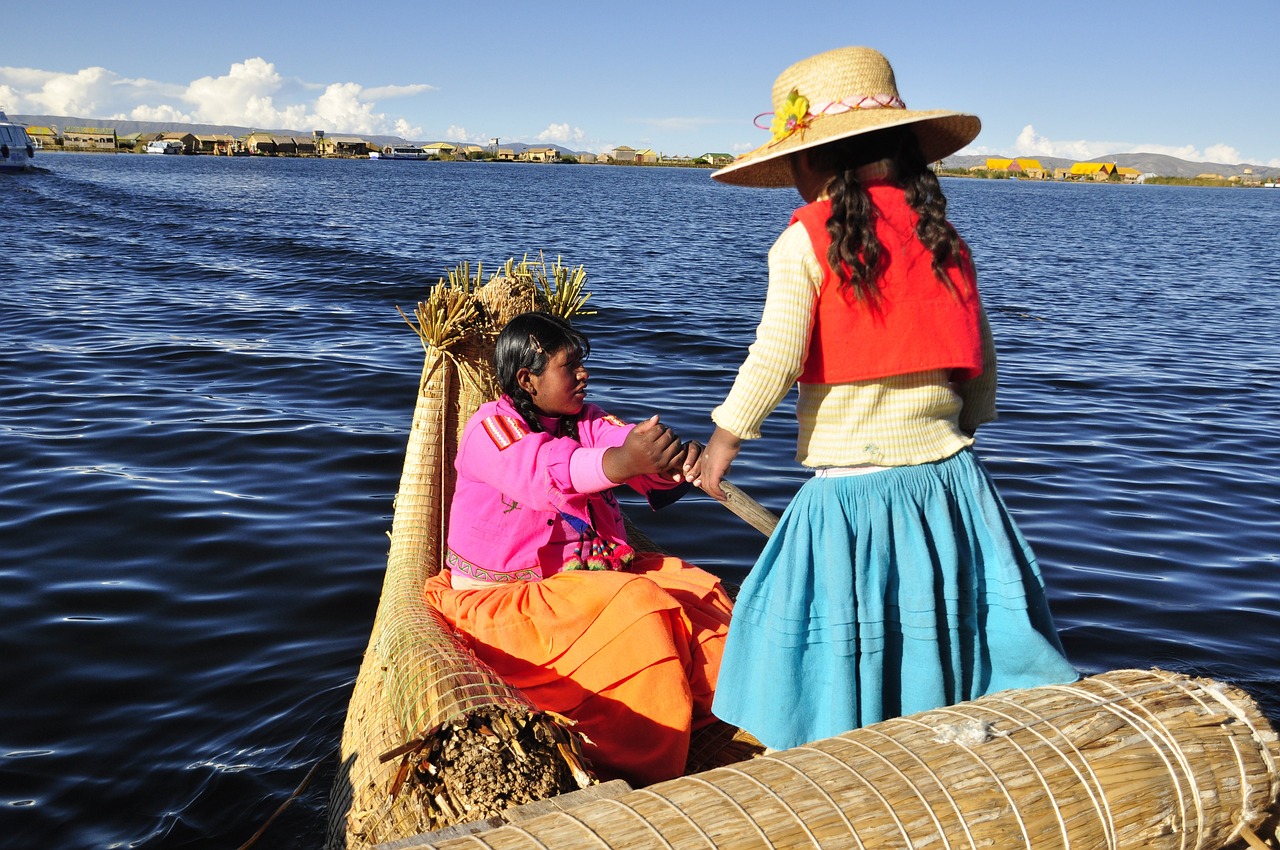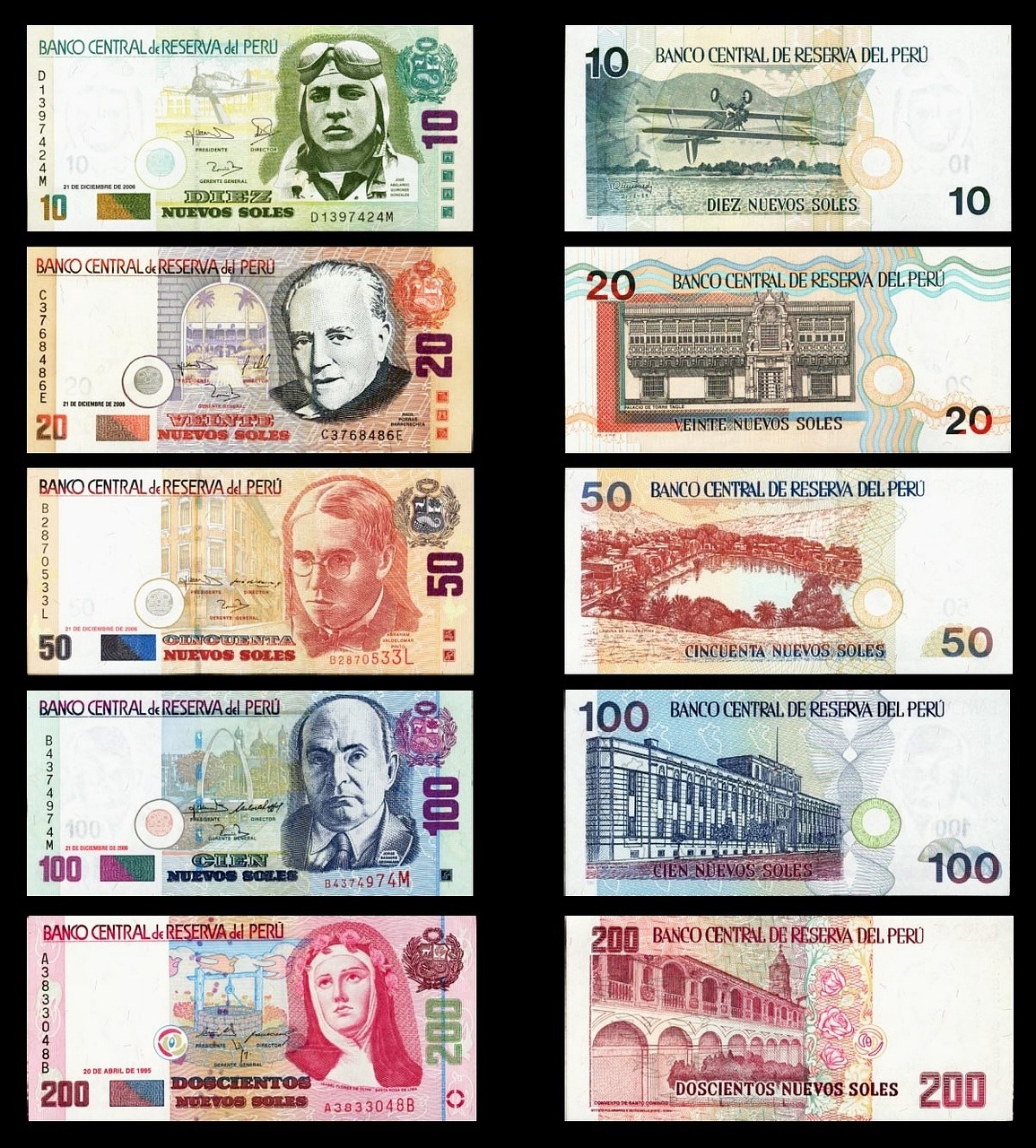Peru Video
Celebrating Global Festivals with Locals in Peru
Peru is a country rich in cultural diversity and vibrant festivities. It offers a unique opportunity to immerse oneself in the local traditions and celebrations. From ancient Inca rituals to colorful modern festivals, Peru has something for everyone. In this article, we will explore twelve fascinating festivals in Peru and how you can celebrate them with the locals.
Misti Fest in Arequipa
The Misti Fest in Arequipa is a lively celebration held in honor of the city’s patron saint, the Virgin of Chapi. The festival takes place in September and features a variety of cultural activities, including traditional dances, music performances, and religious processions. The main highlight of the festival is the parade of the Virgin’s image through the streets of Arequipa, accompanied by joyful crowds and colorful decorations.
- Traditional Dances: Experience the beauty and grace of traditional Peruvian dances, such as the Marinera and Huayno. These dances are characterized by intricate footwork and vibrant costumes.
- Music Performances: Enjoy live music performances showcasing traditional Peruvian instruments, such as the charango and zampoña. Listen to the melodious sounds of Andean melodies and rhythmic beats.
- Religious Processions: Witness the devotion of the local community as they carry the image of the Virgin of Chapi through the streets of Arequipa. Join the procession and offer your prayers and blessings.
Carnaval de Cajamarca
Carnaval de Cajamarca is one of the most famous and lively carnivals in Peru. Held in the city of Cajamarca during February or March, this festival is a colorful celebration of music, dance, and water fights. Locals and visitors alike don vibrant costumes and engage in playful water battles, symbolizing the arrival of the rainy season.
- Water Battles: Participate in the famous water battles during Carnaval de Cajamarca. Arm yourself with water balloons or buckets and join the cheerful chaos as people douse each other with water.
- Music and Dance: Experience the energy and rhythm of traditional Peruvian music and dance. Join in the festivities by dancing to lively tunes and learning traditional dance steps.
- Costume Parade: Admire the creativity and craftsmanship of the carnival costumes as locals showcase their elaborate outfits. Marvel at the vibrant colors and intricate designs.
Inti Raymi in Cusco
Inti Raymi, also known as the Festival of the Sun, is an ancient Inca celebration held in Cusco during the winter solstice in June. This grand festival pays homage to Inti, the Sun God, and includes elaborate ceremonies, processions, and reenactments of Inca rituals.
- Coronation Ceremony: Witness the symbolic crowning of the Inca emperor and the start of the festival. Marvel at the intricate costumes and regalia worn by the participants.
- Inca Rituals: Experience the recreation of ancient Inca rituals, such as the offering of coca leaves and the lighting of sacred fires. Learn about the spiritual beliefs and practices of the Inca civilization.
- Procession to Sacsayhuaman: Join the procession from Cusco’s main square to the ancient fortress of Sacsayhuaman. Be part of the vibrant crowd as they make their way through the streets, accompanied by traditional music and dances.
Qoyllur Rit’i in Sinakara Valley
Qoyllur Rit’i, meaning “Snow Star” in Quechua, is a unique pilgrimage festival held in the Sinakara Valley near Cusco. Celebrated in May or June, this festival combines Andean traditions with Catholicism, attracting thousands of pilgrims from different regions of Peru.
- Procession of the Lord of Qoyllur Rit’i: Witness the colorful procession of the revered statue of the Lord of Qoyllur Rit’i. The statue is carried to the Sinakara Valley, where pilgrims pay their respects and seek blessings.
- Dance Performances: Enjoy traditional dance performances known as “qhaswa.” These dances depict ancient Inca myths and legends and are accompanied by traditional music and costumes.
- Offerings and Rituals: Observe the various offerings and rituals conducted by the pilgrims, such as the lighting of candles and the tying of colorful ribbons. Experience the fusion of Andean beliefs and Catholic traditions.
Virgen de la Candelaria in Puno
The Virgen de la Candelaria festival is one of the largest and most important festivals in Peru, held in the city of Puno in February. This vibrant celebration combines indigenous Andean traditions with Catholicism and features colorful parades, music, and dance.
- Dance Competitions: Marvel at the skill and precision of the traditional dance groups as they compete in elaborate dance competitions. Admire the intricate costumes and choreography.
- Parades: Join the lively parades that fill the streets of Puno during the festival. Experience the vibrant atmosphere as dancers, musicians, and colorful floats pass by.
- Diablada Dance: Witness the iconic Diablada dance, which portrays the battle between good and evil. Admire the ornate devil masks and elaborate costumes worn by the dancers.
Image 1:

Fiesta de la Vendimia in Ica
Fiesta de la Vendimia is a wine festival held in the city of Ica, known for its vineyards and wineries. This celebration takes place in March and showcases the region’s rich winemaking traditions through wine tastings, parades, and cultural performances.
- Wine Tastings: Sample a wide variety of wines produced in the Ica region. Learn about the different grape varieties and the winemaking process.
- Parades and Floats: Enjoy the colorful parades featuring floats adorned with grapes and wine barrels. Marvel at the creativity and craftsmanship of the parade participants.
- Grape Stomping: Take part in the traditional grape stomping ritual, where participants crush grapes with their feet to extract the juice. Experience this ancient winemaking technique firsthand.
Image 2:

Señor de los Milagros in Lima
Señor de los Milagros, or Lord of Miracles, is a religious procession held in Lima during October. This procession is considered one of the largest Catholic processions in the world and attracts thousands of devotees who pay homage to the revered image of Christ.
- Procession of the Lord of Miracles: Witness the solemn procession of the image of Christ through the streets of Lima. Join the faithful as they carry the heavy and intricately decorated platform.
- Religious Devotion: Experience the deep religious devotion of the participants as they offer prayers and make promises to the Lord of Miracles. Learn about the significance of this religious icon in Peruvian culture.
- Purple Flag Tradition: Observe the widespread display of purple flags and banners during the procession. The color purple is associated with the Lord of Miracles and represents hope and faith.
Inti Raymi in Puno
Puno also celebrates Inti Raymi, the Festival of the Sun, in a unique and vibrant way. The festival in Puno showcases the cultural heritage of the region’s indigenous Aymara and Quechua communities.
- Aymara and Quechua Rituals: Witness the traditional rituals performed by the Aymara and Quechua communities during Inti Raymi. These rituals include offerings to Pachamama (Mother Earth) and traditional dances.
- Reenactment of Ancient Ceremonies: Experience the reenactment of ancient Inca ceremonies, such as the lighting of sacred fires and the pouring of chicha (corn beer) as an offering to the gods.
- Music and Dance Performances: Enjoy the vibrant music and dance performances showcasing the cultural heritage of the Aymara and Quechua communities. Be captivated by the rhythmic beats and colorful costumes.
Image 3:

References
- peru.travel
- cusco-peru.org
- visitperu.com
- perufestivals.com
- promperu.gob.pe


